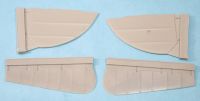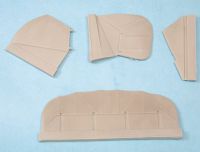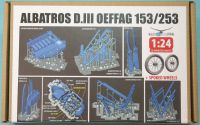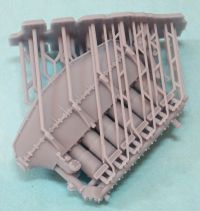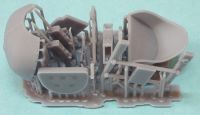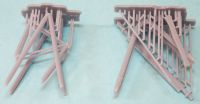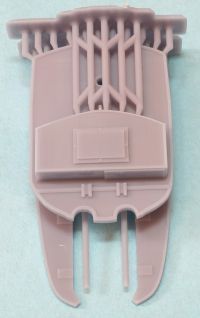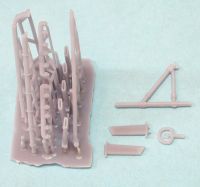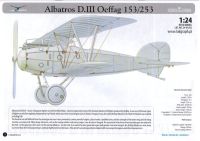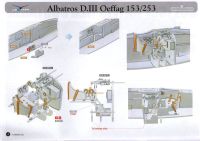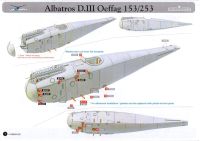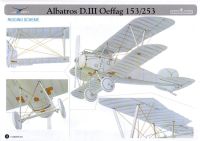Lukgraph | 1/24 Albatros D.III Oeffag
Reviewed by Ray Peterson
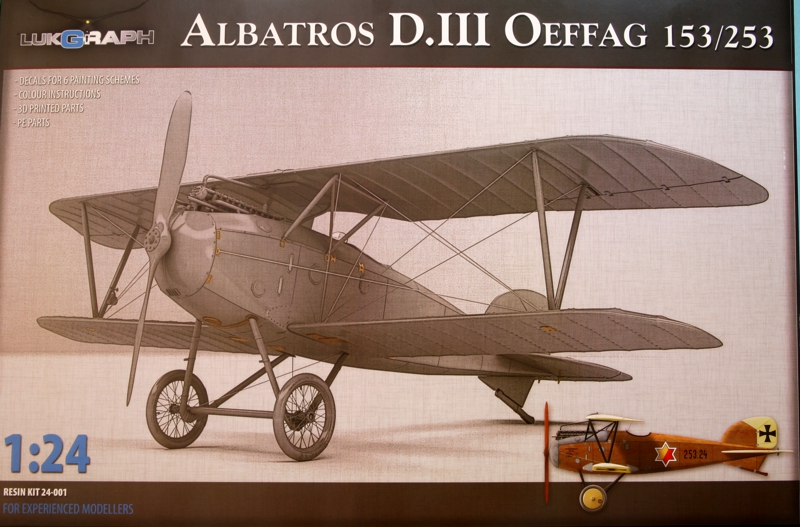
The first in a new series of 1/24th scale aircraft from Lukgraph is this kit of the Albatros D.III Oeffag. The kit is also offered in 1/32nd, and I believe they plan to offer a 1/48th version later. It is the first kit of an Austro-Hungarian Oeffag Albatros in large scale since the old Battle Axe kit, and the first offered in 1/24th scale. The Oeffag built Albatros D.III differs from the German design in the rounded nose cap without the spinner, using 8mm Schwarzlose machine guns buried in the fuselage, and thicker rib and spar flanges to resolve structural problems with the lower wing. These changes, along with a few other detail improvements, made the Oeffag D.III robust, effective, and popular with the pilots.
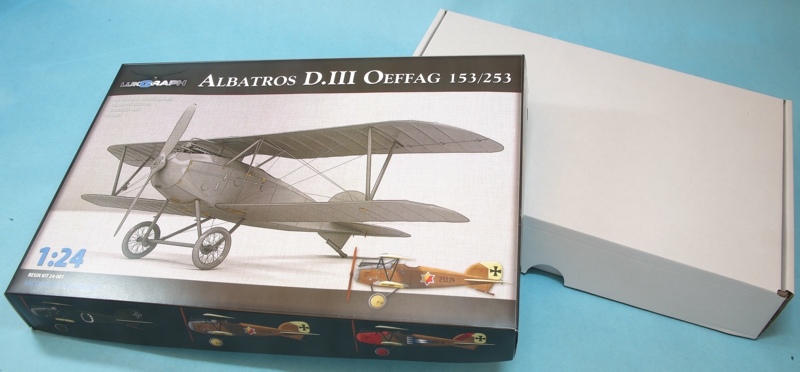
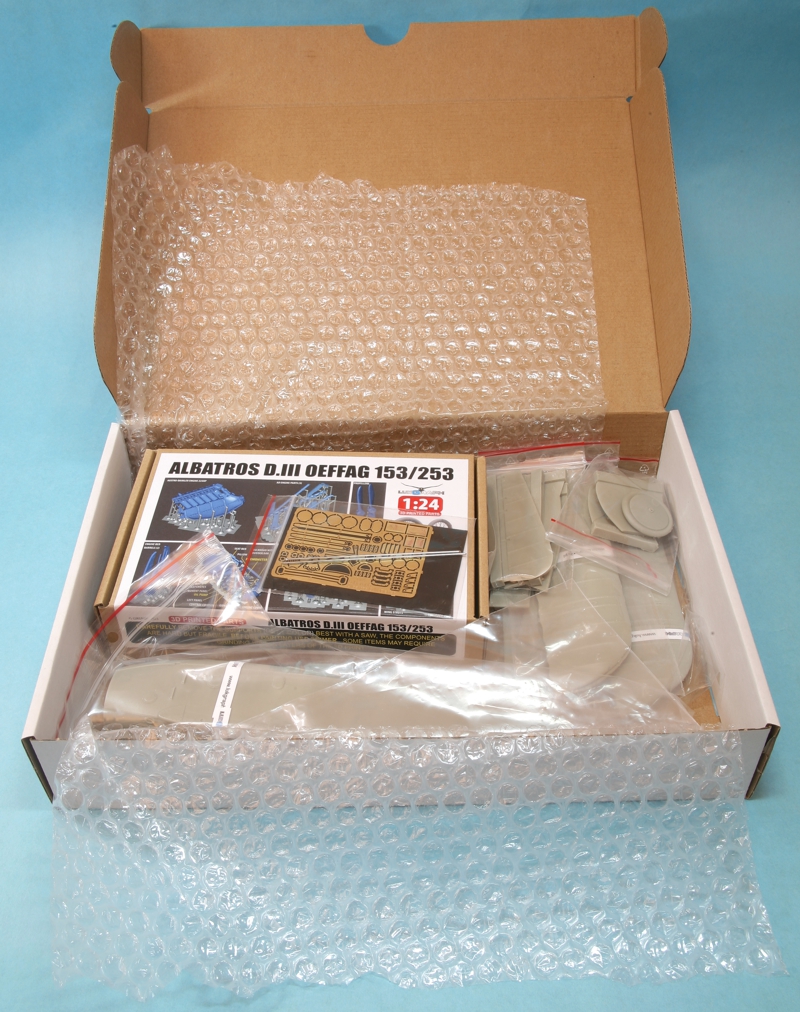
The kit arrived rather quickly from Poland, well packed, in a sturdy flip-top box with an attractive separate boxtop. Inside, the parts are inside a bubble wrap layer with the 3D parts in a separate small box. Most parts are in cast resin, with detail parts 3D printed. Also included is a PE fret, a small square of clear acetate, some wire and metal tubing. Instructions are provided as a professional looking heavy paper booklet in color. A single A4 sized decal sheet is provided.
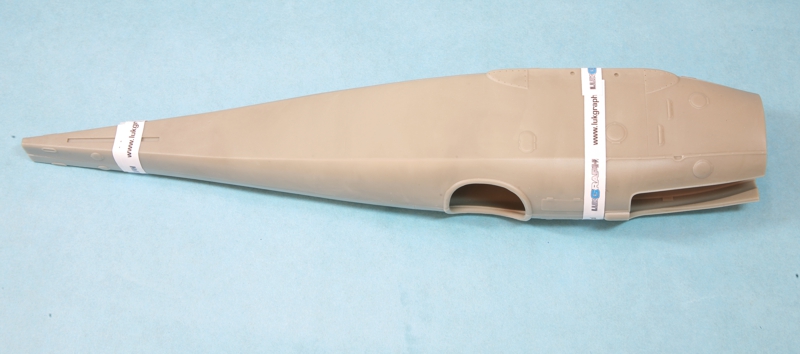
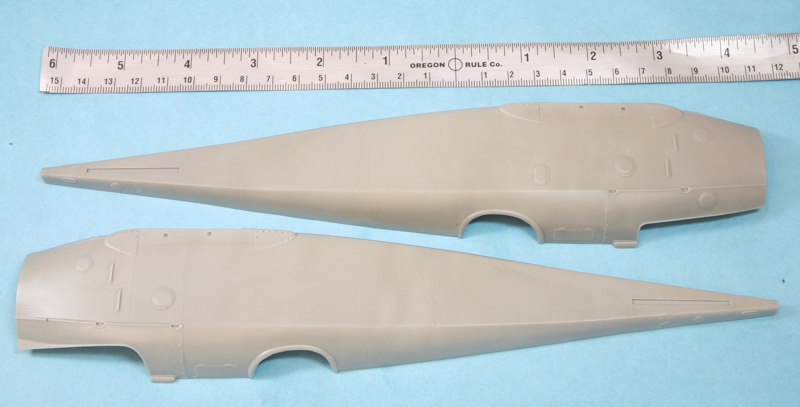
The fuselage comes in standard vertical split, cast resin, the two halves taped together and appear to fit well. The wings are each cast in a single piece, with wire reinforcement. The wings have ribs and rivet or stitch detail which is a little heavy for my taste, but not too bad. Ailerons are separate. Tail flying surfaces are also separate, as well as the ventral fairing for the tail skid. The other cast parts include the radiator and covered wheels.
3D printed parts, as mentioned previously, comes in a separate box. Inside, we find a spectacular set of spoked wheels complete with valve stems and manufacturer info. Also, a one-piece engine less pipes and wiring. Next are some multiple part prints, the first with the nose, MG’s, seat and other cockpit parts. Second are a pair of prints with the struts, printed with holes for adding wires for joint reinforcement. Third includes firewall and other structural frames. Fourth is several parts for the engine including piping, exhaust, intake manifold, and the control column. This is the only print where I had a few parts break off from their supports, and the control column was broken into two parts. It should be easily fixed, however, as it broke at a joint.
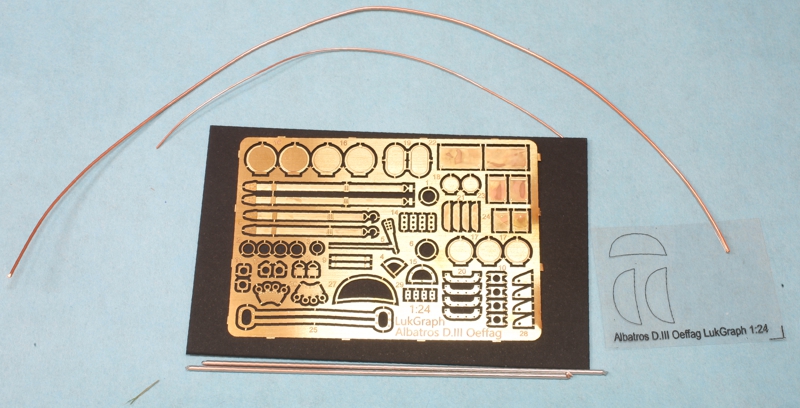
Final parts include the PE fret with miscellaneous details, seatbelts, engine parts, separate access hatches (if desired, they are already molded on), windshield frame, and other parts. Also included is an acetate piece for the windshield and wires and rods.
Instruction booklet is printed in color on A4 paper, with CAD diagrams for assembly. Two pages of rigging diagrams are included.
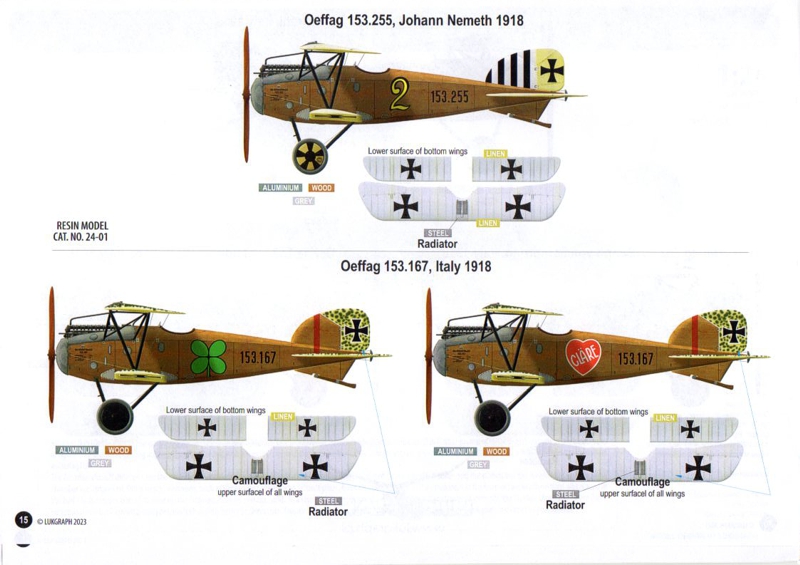
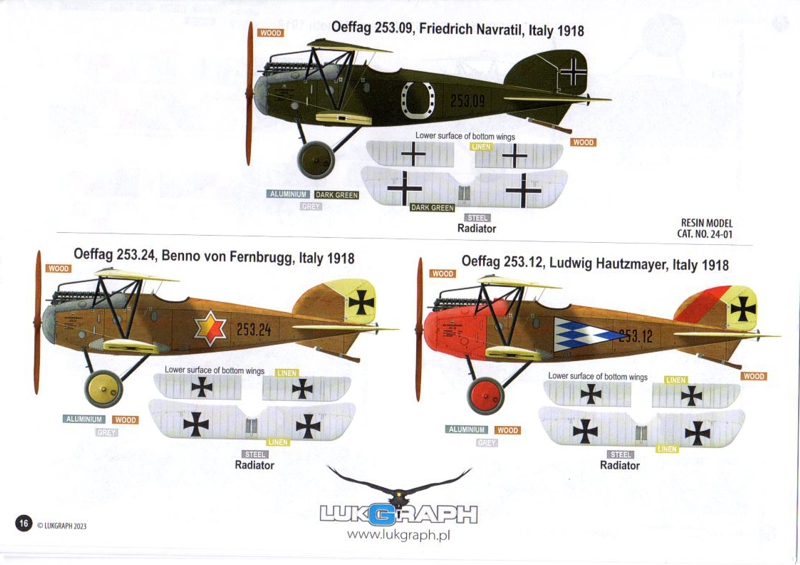
Color profiles show the six different schemes provided on the decal sheet. Options include Oeffag 153.255 of Johann Nemeth, 1918; Oeffag 153.167 in schemes of two different pilots in Italy, 1918; Oeffag 253.09 of Friedrich Navratil, Italy, 1918; Oeffag 253.24 of Benno von Fernbrugg, Italy, 1918; and Oeffag 253.12 of Ludwig Hautzmayer, Italy, 1918. There are also a couple pages of profiles for the other boxing of the kit, all in Polish livery. Stencils and instrument decals are also provided. The decals appear well printed, in register and thin.
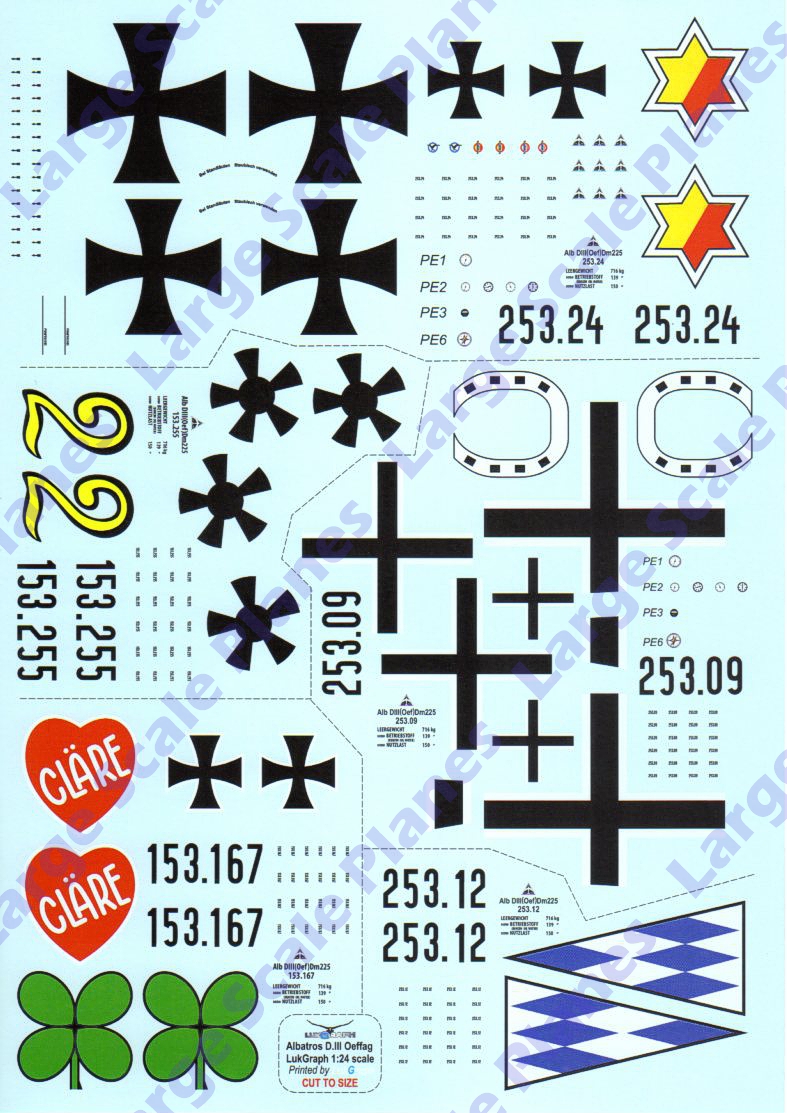
In conclusion, this appears to be a well produced, engineered and detailed model. Any modeler used to working with resin and 3D parts should have no problems. The extra size of 1/24th scale works well for WWI single seat aircraft as it is about the size of a WWII 1/32nd single engine fighter. Highly recommended!
© Ray Peterson 2023
This review was published on Saturday, November 25 2023; Last modified on Sunday, November 26 2023


